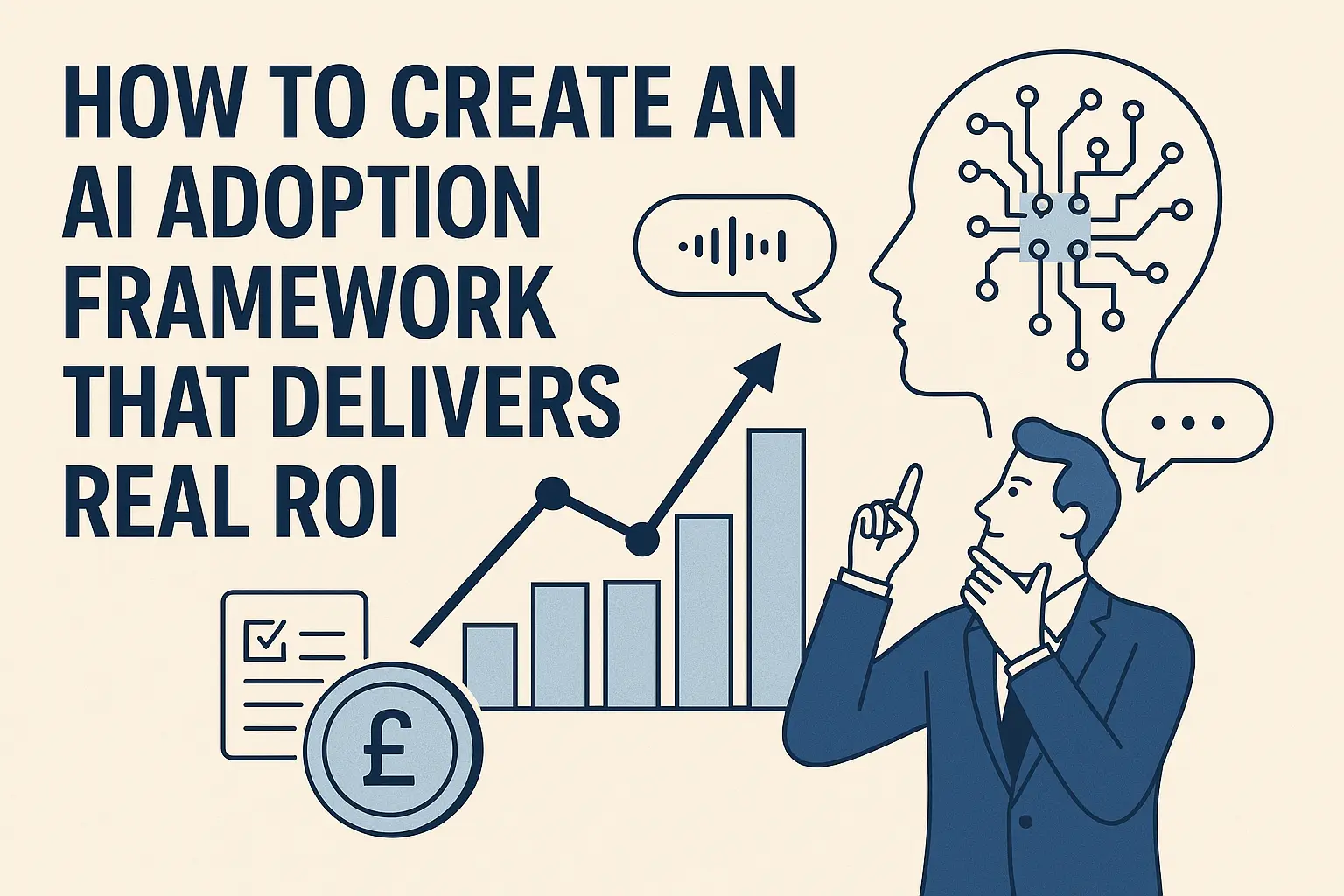
Look at the two rooms above. One's minimal, organized, peaceful. The other's cluttered, chaotic, overwhelming.
Now imagine walking into a product demo that feels like that cluttered room - features piled upon features, capabilities stacked on capabilities, with no clear path to what matters.
That's exactly what happened to me last week.
The Feature Flood
Forty-five minutes into an AI product demo, the sales person was still showing features. "Impressive," I said, "even 4 hours wouldn't be enough to show everything."
He beamed. Missed my point entirely.
Here's the thing: I work with tech companies daily. I speak product fluently. And even I felt overwhelmed. The product was brilliant, but I had no idea what I'd actually do with it.
I was impressed. But I didn't buy.
Ever watch a proud parent show 573 nearly identical baby photos?
That's how most product pitches feel.
(Sorry, proud parents AND product managers.)
Your product has:
- 47 integration options
- 23 customization settings
- 18 reporting dashboards
- 12 workflow automations
- 1 very confused customer
Hold on a minute! Are you saying my beautiful, feature-rich baby isn't the center of the universe? But... but... how else will people know how amazing it is? 🤯
The Power of Starting with Why
Let's look at two contrasting approaches. Kind of like comparing a minimalist's dream apartment to a teenager's room after a sleepover.
Apple iPOD

Fathom

Spot the difference? If you don't, I might have to stage an intervention. 😉
- Simplicity = left is drowning in words, right is crisp and clean.
- Language = left sounds like a robot wrote it, right is speaking your language
- Feature vs Value = (And this is the biggie!) Left is obsessed with showing off its shiny bits and bobs, right is laser-focused on solving your problems.
It's the difference between bragging about your new car and actually offering someone a ride.
But here's the catch: you might get it crisp and clean, and in very simple words – but if you're not telling them their story, it still doesn't work. For example, you might say "Lots of storage" or "Great battery life" – but that's still your story, not theirs. It's still about your product's capabilities, not the customer's needs.
Do you really see the difference now?
The "Value" side isn't just about cutting the fluff;
it's about a total attitude adjustment.
It's like ditching the tech jargon for a heart-to-heart with your customer.
And that, my friend, is how you create a value proposition that truly sings. 🎤
Still not 100% convinced? Need more examples to really hammer this home?
Here you go :

Features Matter (Just Not First)
I know, I know – you might be scratching your head or getting ready to throw tomatoes at me. "So, are you saying we don't need features? Where do features fit into all of this?"
Don't get me wrong - features are crucial. You can't retain customers without solid functionality. But they're not your opening act.
Think of it this way:
- Features tell your story
- Problems tell their story
- Start with their story, and they'll stay for yours
The most successful products nail this sequence:
- Understand the problem worth solving
- Communicate that understanding
- Show how your features solve it
The Million-Dollar Question
"But how do you figure out what problem is worth solving?"
Trust me, this question keeps founders awake at night. Sometimes it takes months to figure out. Why? Because we're often too close to our solution to see the problem clearly.
The answer lies in combining design thinking with value proposition design:
Start with Observation
- Watch what people do (not just what they say)
- Look for patterns in their struggles
- Note their workarounds
Map Customer Needs
- What are they trying to achieve?
- What's getting in their way?
- What would success look like for them?
Prioritize Problems
Which problems are most painful?
Which ones are people actively trying to solve?
Where are existing solutions falling short?
Connect Features to Needs
- Which features solve which problems?
- What's the shortest path from pain to solution?
- How can you communicate this simply?
The Art of the Value Proposition
Yet, great value propositions aren't born - they're discovered through this iterative process of understanding, mapping, and connecting.
Look at what made these famous value propositions work:
iPod didn't solve a technology problem; it solved a music lover's problem
Fathom didn't solve a recording problem; it solved a presence problem
Dropbox didn't solve a storage problem; it solved a peace-of-mind problem
They all had impressive feature lists. But they led with understanding.
Your Next Step
Sounds simple? If it was, then everyone would have gotten it right, right? 😉
Well, the first step is this: if you're struggling to cut through the noise and connect with customers, start with their story instead of yours. Stop showing off your shiny features and start showing them how you can solve their problems.
The good news? This is a learnable skill. And there are plenty of resources out there to help you master it. I'll be creating a post with books, articles, and other goodies soon.
Until then... make sure you're watering your plants. (Those succulents aren't going to hydrate themselves, you know.) 🌵
Rujuta helps startups & scaleups refine their value propositions and go-to-market strategy. She also runs in-person bootcamps in London, teaching a step-by-step process for designing killer value propositions that attract customers, instead of chasing them.

.svg)








.svg)